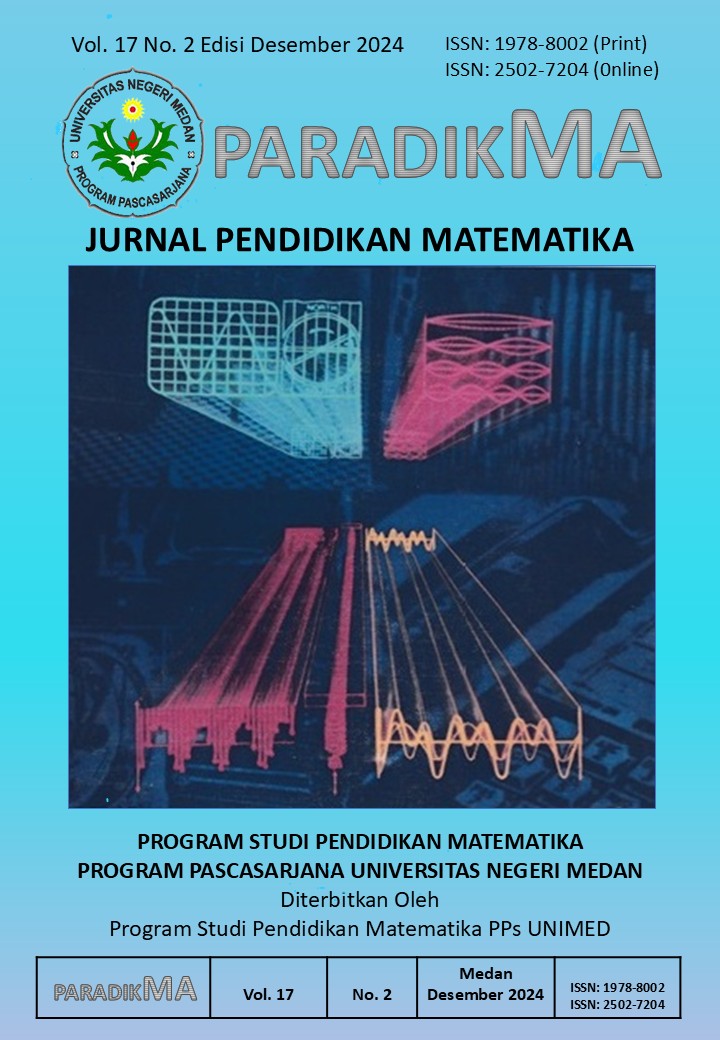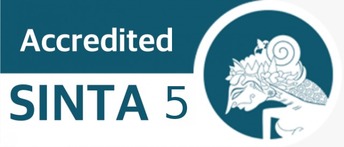Analysis of Students' Conceptual Understanding Ability and Learning Independence Reviewed From Students' Learning Motivation Assisted by Macromedia Flash in Class X of SMA Kesatuan Meranti
DOI:
https://doi.org/10.24114/paradikma.v17i2.62459Abstract
This research aims to: (1) To find out whether there is a difference in students' ability to understand concepts between students who were given Macromedia Flash media and students who were given Power Point media (2) To find out whether there is a difference in students' independent learning abilities between students who were given Macromedia Flash media. with students who were given power point media. This type of research is a quasi experiment. This research was carried out in SMA Kesatuan Meranti in the even semester of the 2021/2022 academic year. The results of the research show that: 1) There is a difference in students' ability to understand concepts between students who were given Macromedia Flash media and Power Point media, where the application of Macromedia Flash media was better than students who received Power Point media for their ability to understand concepts; 2) There is a difference in students' independent learning abilities between students who were given Macromedia Flash media and Power Point media, where the application of Macromedia Flash media was better than students who received Power Point media for students' independent learning abilities; 3) There is an interaction between learning media and student learning motivation which is used on students' ability to understand concepts; 4) There is no interaction between learning media and student learning motivation which is used on students' independent learning abilities.References
Arifah, U., Saefudin, A. (2017). Cultivating Mathematical Concept Understanding Ability Using Guided Discovery Learning Model. Journal of Mathematics Education. Vol. 5. No. 3. Pp. 263-272.
Arikunto, S. (2010). Research Procedures. Jakarta: Asdi Mahatya.
Arikunto, S. (2012). Basics of educational evaluation, Jakarta: PT. Bumi Aksara
Hadi, Ariesto. (2003). Interactive Multimedia With Flash. Jakarta: Graha Ilmu.
Hudojo, H. (2003). Curriculum Development and Mathematics Learning. Malang: State University of Malang.
Ismawati, Y., Hartono, Y., & Destiniar, D. (2019). Mathematical Concept Understanding Ability Reviewed from Student Learning Motivation of Smp Negeri 31 Palembang. Nabla Dewantara, Vol. 4 No. 1, pp. 46“52. https://doi.org/10.51517/nd.v4i1.103
Mudjiman, H. (2006). Learn to be independent. Yogyakarta: Learning Library.
Purwanto, M. Ngalim. (1994). Principles and Techniques of Teaching Evaluation. Bandung: Rosdakarya.
Rahmi, M. S. M., Budiman, A. M., Widyningrum, A. (2019). Development of Interactive Learning Media Macromedia Flash 8 Thematic Learning Theme My Experience. International Journal of Elementary Education. Vol. 3.No. 2. pp. 178-185.
Slameto. (2003). Learning and Factors That Influence It. Jakarta: Rineka Cipta
Sugiyono. (2013). Quantitative, Qualitative, and R&D Research Methods. Bandung: Alfabeta.
Sugiyono. (2016). Quantitative, Qualitative, and R&D Research Methods. Bandung: Alfabeta.
Sumarmo, U. (2006). Learning Independence: What, Why, and How to Develop in Students. FPMIPA UPI, 50-52.
Suprihatin, S. (2015) Teachers' Efforts in Improving Students' Learning Motivation. Journal of Economic Education. Vol. 3 No. 2, pp.73-82
Syaputra, D. (2017). The Influence of Independent Learning and Tutoring on the Ability to Understand Adjustment Journals in Melati Perbaungan High School Students. At-Tawassuth Journal. Vo. 11.No. 2. Pp. 368-388.
Uno, H. (2008). Motivation Theory and Its Measurement. Jakarta: PT. Bumi Aksara.







